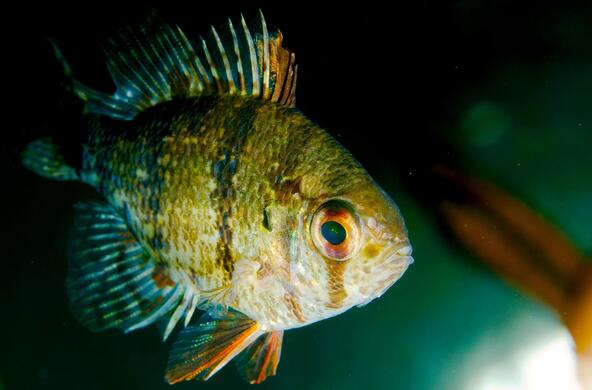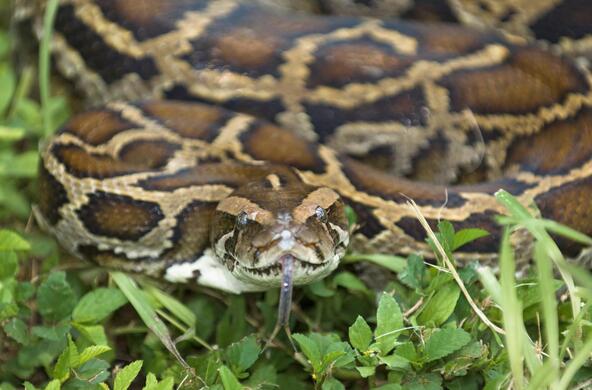Last month’s discovery of round gobies in the Hudson should remind us of our failures in invasive species management and spur us to do better. Today, New York has a rare opportunity to use the "Reimagine the Canals" initiative to slow the spread of harmful aquatic invaders.
Round gobies are small European fish that hitchhiked into the Great Lakes in the untreated ballast water of oceangoing ships. Since their appearance in 1990, they have spread throughout the Great Lakes, using canals to invade the Illinois River and now the Hudson.
Gobies have thrived in the Great Lakes, exceeding one per square foot in favored habitats. Billions of the fish now live in Lake Erie. Their impacts are many and varied. Gobies feed heavily on invasive zebra and quagga mussels, although rarely enough to suppress mussel populations. They displace small native fishes like darters and sculpins, but are also a favored food for many predators.
The effects of gobies on their predators are complex, however. Growth rates of goby-eating smallmouth bass have increased, but so has egg predation on smallmouth bass nests. If an angler catches a bass that is nest guarding, even if the fish is quickly released, gobies can swoop in and eat as many as 4,000 eggs in 15 minutes. This has led to closures of the popular recreational bass fishery during nesting season in May and June.
Gobies accumulate toxins from their prey and pass them up the food chain to predators (and people who eat them). Thousands of loons and other waterbirds in the Great Lakes have died following the goby invasion, the victims of botulism toxin passed from mussels to gobies to waterbirds.
We do not know how gobies will affect the Hudson ecosystem, but large, harmful effects are possible. The Hudson’s imperiled sturgeons, the fishes of rocky shores, and fish-eating waterbirds are especially at risk. If gobies reduce zebra mussels in the Hudson, harmful algal blooms may increase.
Shortcomings in ballast water and canal management allowed gobies and many other invaders to reach the Hudson. National and international action is needed to correct weaknesses in ballast water management. This includes reducing releases of untreated ballast water from overseas and between Great Lakes ports.

In contrast, New York is able to block invasive species movement through the Erie Canal. We have long known that canals are highways for invasive species, but have been slow to install barriers. Press reports that the “Reimagine” initiative had been considering invasive species barriers have led to concerns that the canal would be closed. It is not necessary to close the canal to install barriers to slow invasive species. Depending on the design and purposes of a canal, a wide range of options for barriers are available (e.g., replacing a lock with a hoist or rail system, behavioral deterrents such as electric fields or bubble curtains to discourage fish movement) and have been used in working canals around the world.
The “Reimagine the Canals” initiative is a perfect chance to evaluate which of these approaches best fits the Erie Canal. We missed the chance to keep gobies bottled up in the Great Lakes, but barriers on the Erie Canal could stop or slow the arrival of even more damaging invaders (e.g., grass carp, bighead carp, silver carp) now on their way towards the Hudson.
The establishment of every new harmful invader in our region, from ash borers to zebra mussels, diminishes the benefits we receive from our natural resources. But it also represents an opportunity to change our practices to stop the next harmful invader. Let’s seize that opportunity.






